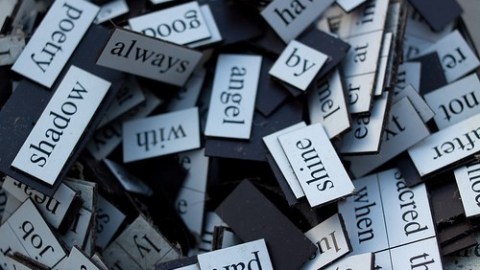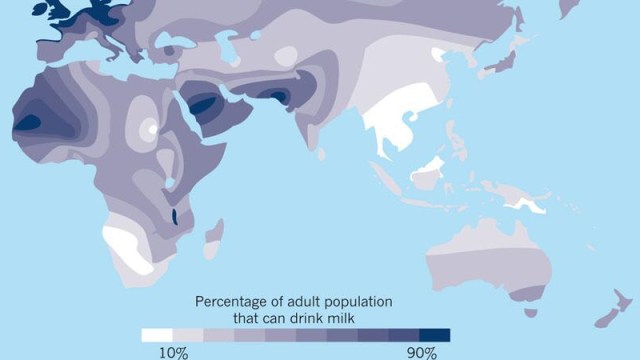Equality in Education

Originally posted at http://ethollis.tumblr.com
Guest post by Ericka Hollis
Words are powerful. We can choose to speak or read words that inspire, challenge, and excite us or others; or we can choose to speak or read words that discourage, degrade, or irritate us or others. This week I have been haunted by the words “equality in education” from a spoken word artist Suli Breaks. This phrase “equality in education” is used often, but what does it really mean? What does it look like in reality? Is it taking place at your institution? When you hear or read the words equality in education, what does this mean to you? I would imagine that for some of us we begin to think about Americans with Disabilities Act (ADA) accommodations in schools or perhaps Individual Education Plans (IEP) for students with special needs. Others of us may immediately think about social or socio-economic equality or even freedom of speech.
As educators, the challenge is to think about equality in education in terms of designing and providing authentic learning experiences for the individual student rather than for the typical classroom full of students. If past experiences indicate that our current system does not benefit each student equally, then we are intentionally practicing inequality in education. Why? Our focus should be on holistic systemic school improvement in hopes of providing each student with an education that meets his/her individual needs and learning goals. Equality in education is begins with the fusion student-centric learning, educational technologies, and the right words.
Image credit Chris Blakely





